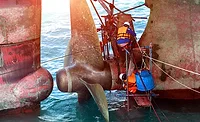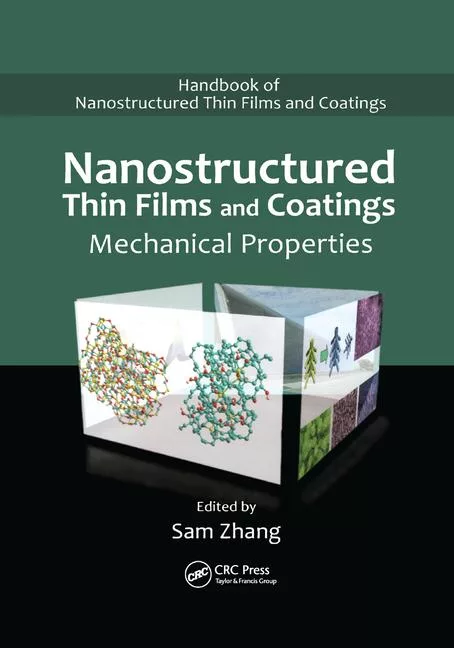From the Editor
A Structural Shift: Replacing Mechanical Fasteners with Structural Adhesives
While structural adhesives provide step-change innovations beyond mechanical fastening, multiple factors need to be taken into consideration to ensure optimal results.

Design engineers are increasingly embracing a shift from mechanical fasteners to structural adhesives in sectors ranging from automotive and aerospace to energy and construction. In fact, the market for structural adhesives is projected to grow at a 6.9% CAGR (2021-2030) to reach a value of $27.9 billion worldwide by 2030.1
This evolution only stands to reason, as structural adhesives can offer compelling advancements for assembly applications, such as lightweighting opportunities, enhanced weather and corrosion resistance, and improved stress distribution. Making the switch is more complicated than simply laying down a line of off-the-shelf adhesive, however.
“During the design exercise, critical attention must be paid to the potential effects of mechanical and thermal stress requirements, particularly in dynamic bonding applications,” write Huntsman’s Catherine Schoenenberger and Jose Fanjul in this issue. “Furthermore, assembly, manufacturing methodology, and cost factors must all be considered when proposing a joint design.”
While structural adhesives provide step-change innovations beyond mechanical fastening, multiple factors need to be taken into consideration to ensure optimal results. Turn to “Structural Bonding and Repair with Acrylic Adhesives” for the full story.
Many adhesives—structural and otherwise—benefit from a curing step in order to achieve their full strength. Attendees of this month’s RadTech UV+EB 2022 in Orlando will have the opportunity to learn all about ultraviolet (UV) and electron beam (EB) technologies for adhesives, sealants, and coatings in myriad end-use applications. Take a look at “Previewing RadTech UV+EB 2022” for a sneak peek.
Manufacturers and formulators of adhesives and sealants are increasingly seeking sustainable options for their operations, whether in their raw materials/chemicals selection or their facilities’ processes. I spoke recently with Christopher vom Berg of the Renewable Carbon Initiative to better understand what renewable carbon is, as well as how our industry might benefit from this concept. Learn more in “Renewable Carbon and the Quest for a Reduced Carbon Footprint.”
Reference
- “Structural Adhesives Market by Substrate, Product Type, Resin Type, and Application: Global Opportunity Analysis and Industry Forecast, 2021-2030, July 2021, https://www.alliedmarketresearch.com/structural-adhesives-market-A12353.
Looking for a reprint of this article?
From high-res PDFs to custom plaques, order your copy today!







